Frequency range: 26.5- 28MHz SWR: ≤1.2:1 Max. power: 35W continuous 250W Short time Bandwidth at S.W.R. 2:1: 1900KHz Impedance: 50ohm Whip length: 1200mm Adjustment: 0~90° Cable Length: RG58/157" Po...
See DetailsWhat Are the Common Causes of Signal Loss in DVB-T Antennas?
With the global popularity of digital television broadcasting (DVB-T) technology, antenna signal quality issues have gradually become the focus of users. Although DVB-T antennas have the potential to efficiently transmit high-definition signals, in actual use, signals are often interrupted due to environmental, equipment or human factors.
1. Physical obstacle interference: invisible signal killer
DVB-T antennas rely on high-frequency electromagnetic waves (usually 470-862 MHz) to transmit signals. Metal structures, dense trees or undulating terrain may significantly attenuate signal strength. For example, a study by the British Communications Authority (OFCOM) found that reinforced concrete walls can cause signal attenuation of up to 15dB, which is equivalent to a 40% reduction in the effective receiving radius.
Solution: Prefer high-position installation on the roof, or use a directional DVB-T antenna with an amplifier to compensate for the loss.
2. Antenna pointing error: Accurate positioning determines success or failure
Unlike omnidirectional antennas, most DVB-T antennas need to be aimed at the transmission tower to obtain the best signal-to-noise ratio. If the pointing deviation exceeds 15°, the signal quality may drop by more than 50%. This phenomenon is particularly evident in remote areas.
Solution: Calibrate the antenna direction through official signal coverage maps (such as UKW/TV-Arc in Germany), and use professional field strength meters to optimize the angle when necessary.
3. Aging of cables and connectors: neglected performance shortcomings
Poor-quality coaxial cables (RG-59) or oxidized F-type connectors can cause signal leakage. Tests by the Dutch Consumer Association show that cables used for more than 10 years may cause 3-5dB loss, which is equivalent to a 30% reduction in signal reception efficiency.
Solution: Use low-loss RG-6/11 specification wires and regularly check the sealing of the connectors. It is recommended to use waterproof tape for protection in humid areas.
4. Multipath interference: a unique challenge in urban environments
The delayed signal reflected by high-rise buildings will produce phase cancellation with the direct wave. Experiments at the University of Tokyo have confirmed that the multipath effect in dense urban areas can increase the bit error rate (BER) to 10^-3, exceeding the DVB-T reception threshold.
Solution: Install an anti-multipath helical antenna or add a modem with adaptive equalization.
5. Electromagnetic pollution surge: a side effect of modern electronic devices
Noise in the 2.4GHz/5GHz band generated by Wi-Fi routers, microwave ovens and LED lighting may interfere with the DVB-T band through harmonics. EU EMC standards require equipment manufacturers to limit radiation, but low-compliant electronic products may still cause problems.
Solution: Keep the antenna at least 3 meters away from the interference source, or install a bandpass filter to suppress out-of-band noise.
6. Transmission tower coverage blind spot: the pain of technology upgrade period
When some countries promote DVB-T2 upgrades, there may be coverage gaps during the transition period between the old and new standards. For example, during the switchover in South Africa in 2020, the signal strength in remote areas once dropped by 8dBm.
Solution: Check the operator's network upgrade plan and apply for temporary signal enhancement services when necessary.
Industry call: Systematic diagnosis improves user experience
The German Broadcasting Technology Association (IRT) recommends that users adopt a step-by-step troubleshooting method: first confirm the status of the transmission tower, then check the hardware connection, and finally optimize the antenna position. For complex scenarios, professional installation services can reduce the recurrence rate of faults by 70%. With the application of MIMO technology in the new generation of DVB-T antennas, signal stability is expected to be significantly improved in the future.

 English
English Español
Español
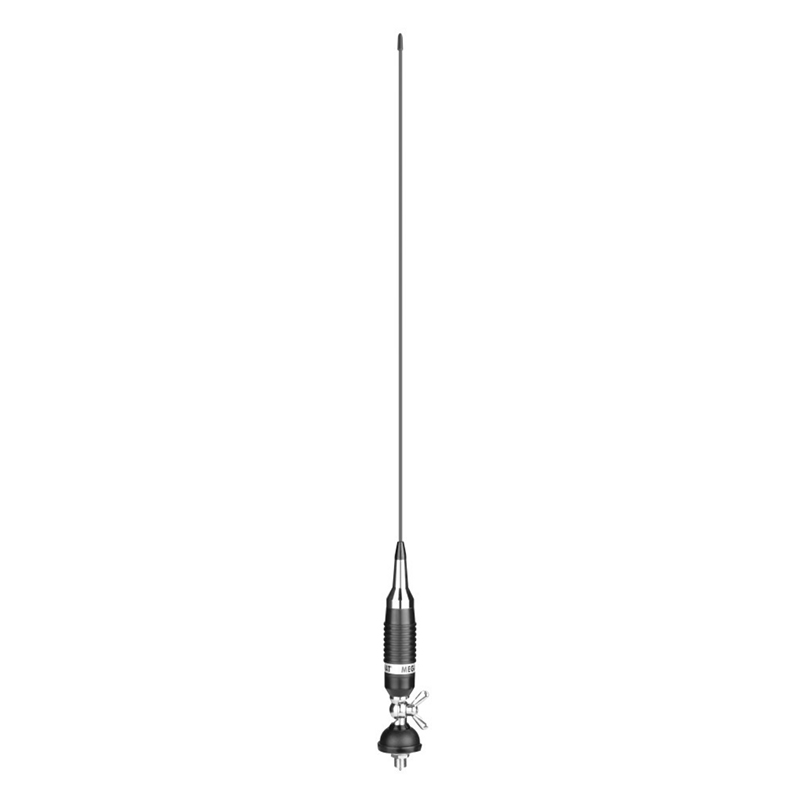
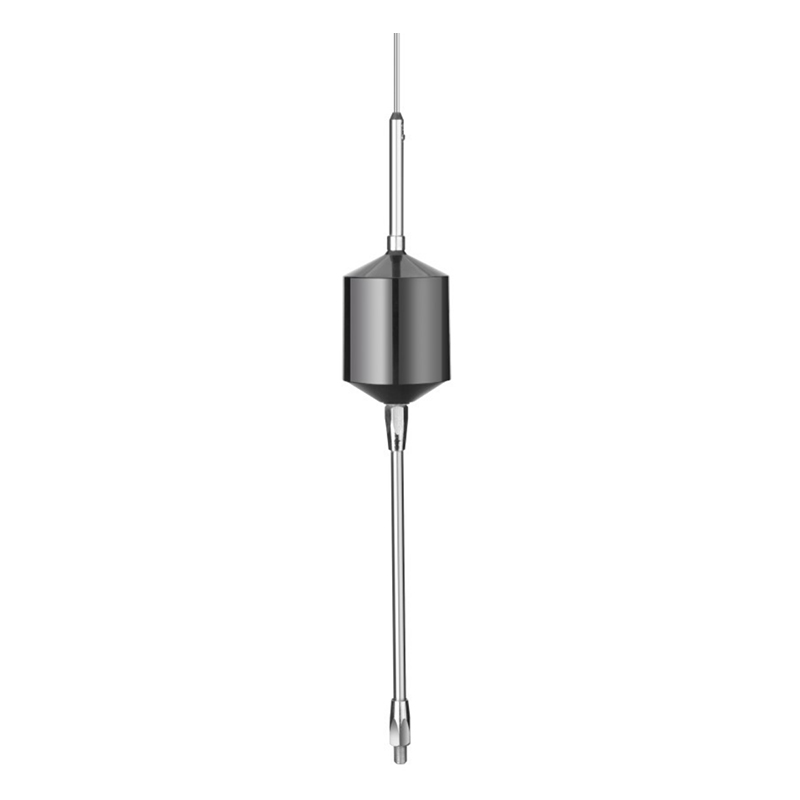
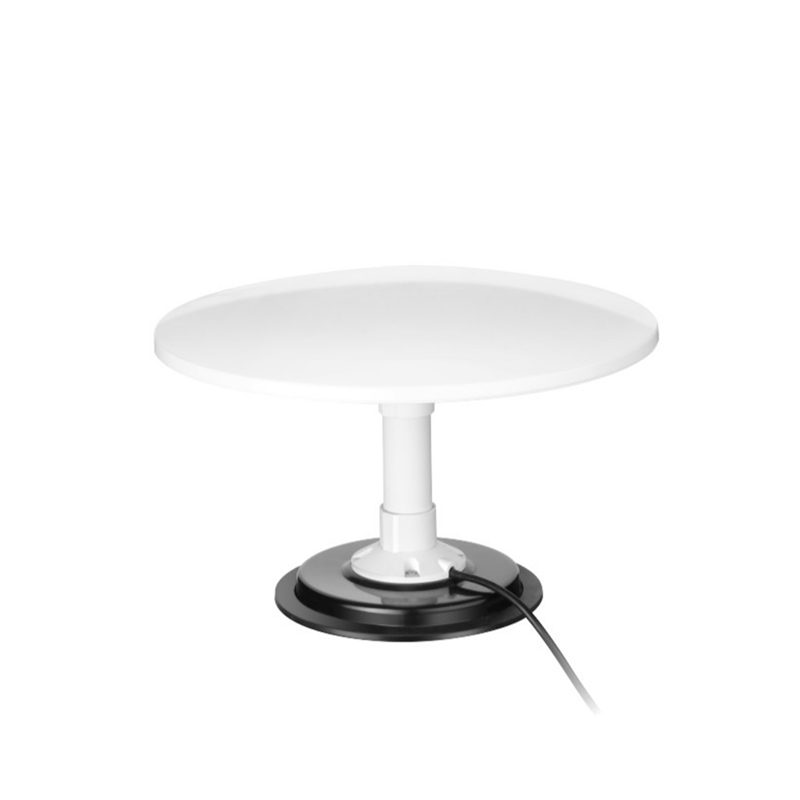
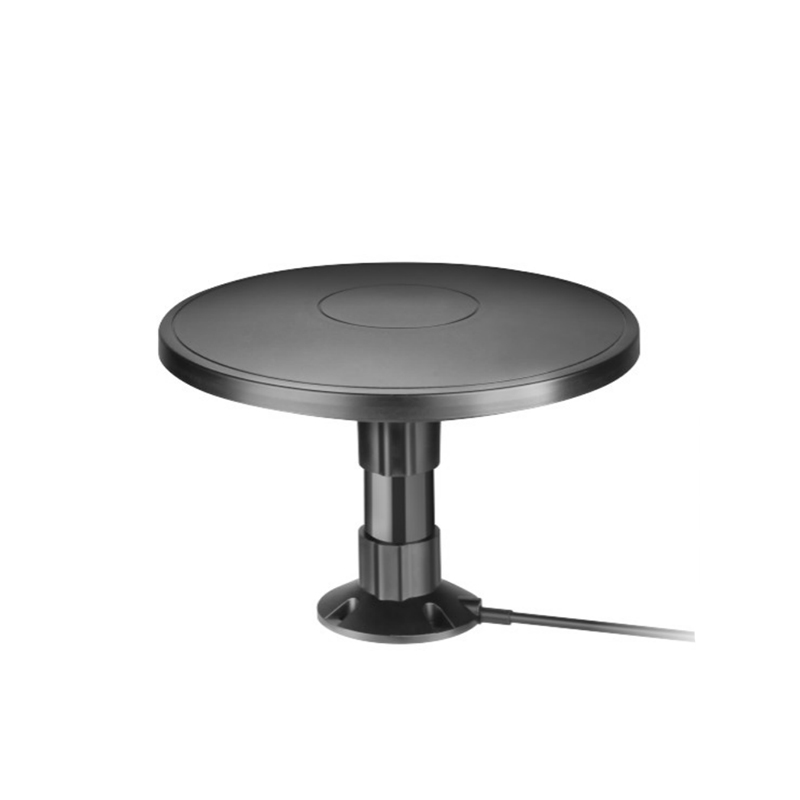
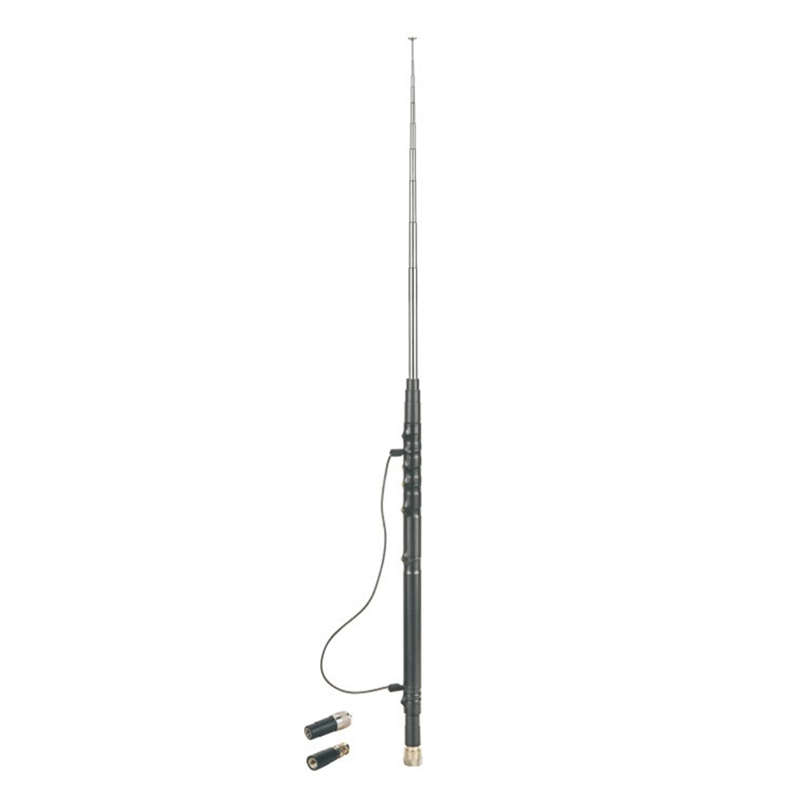
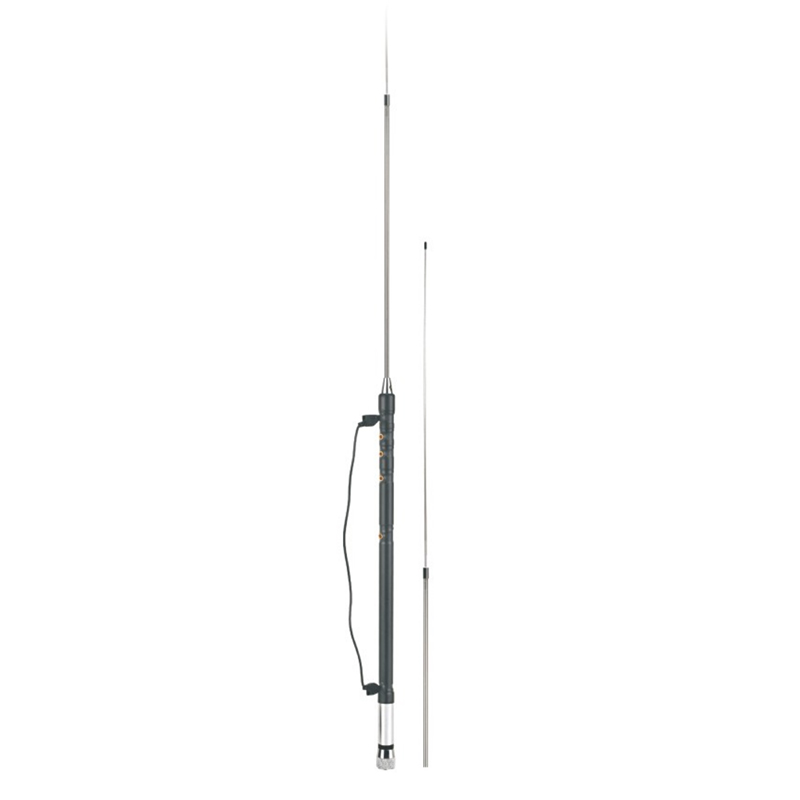
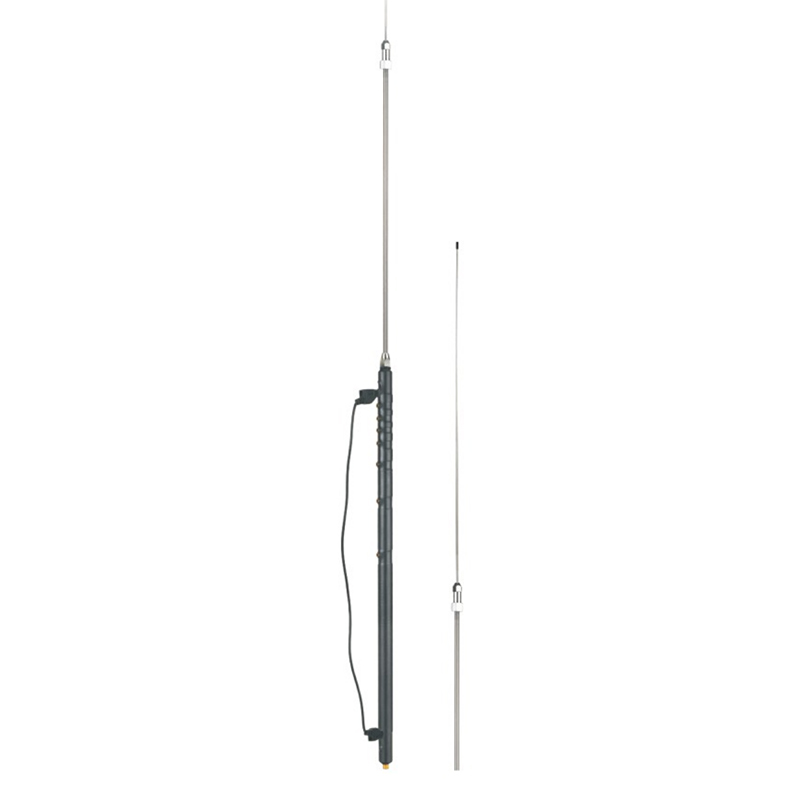
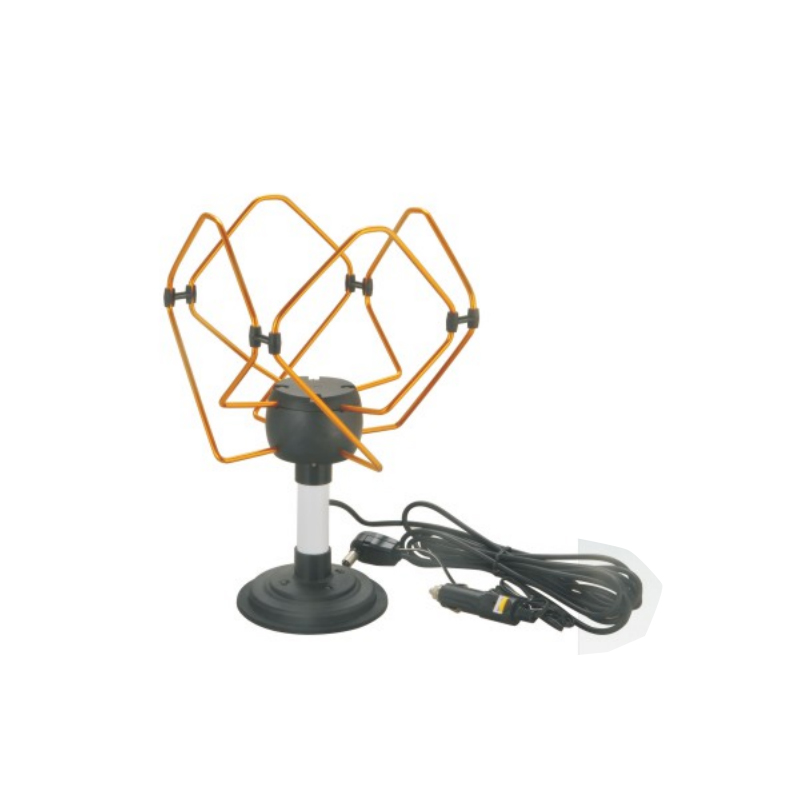

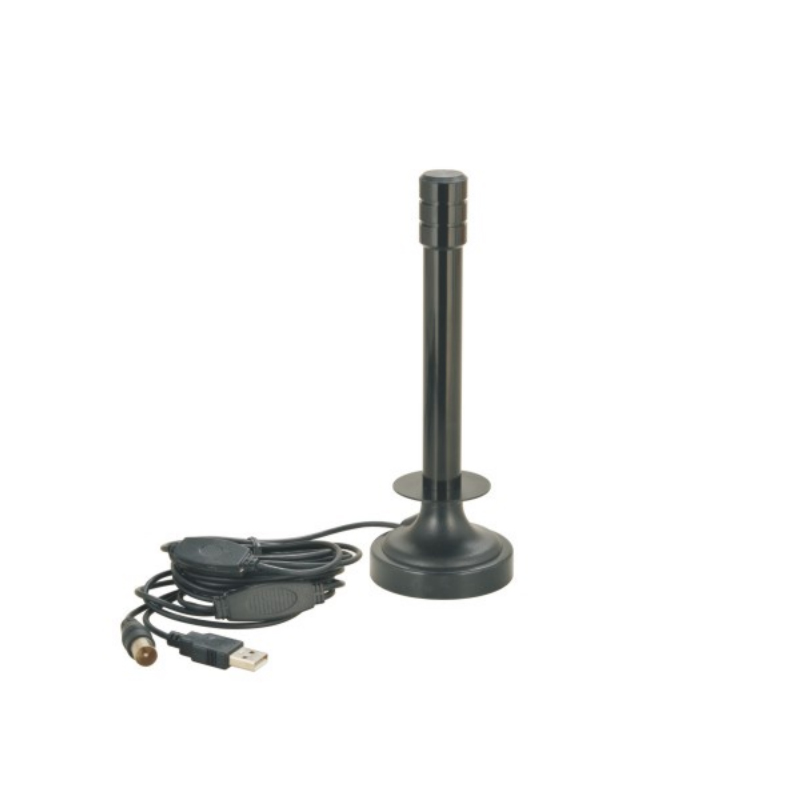
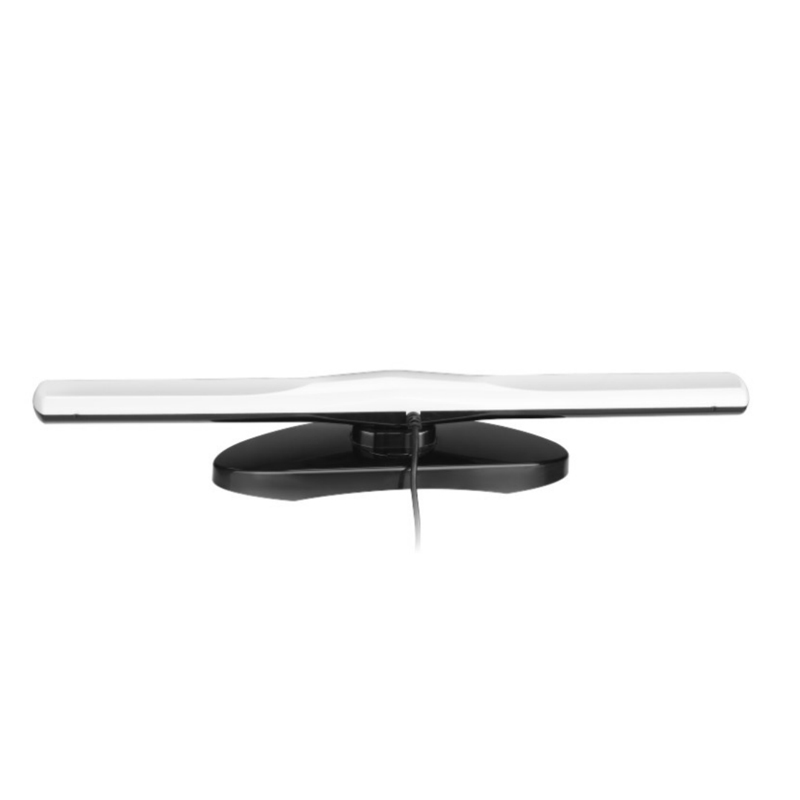
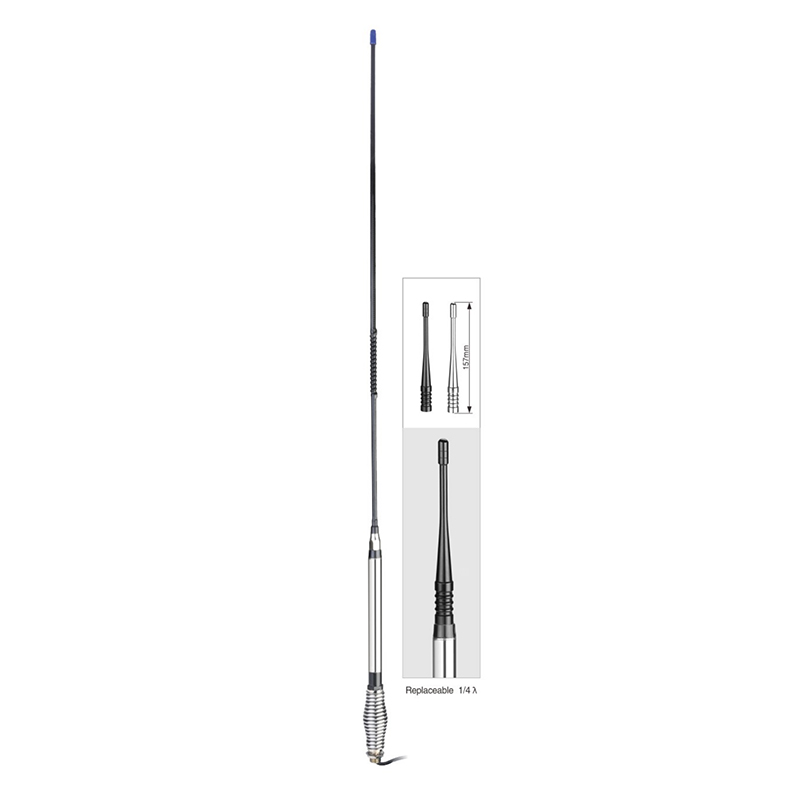

Contact Us